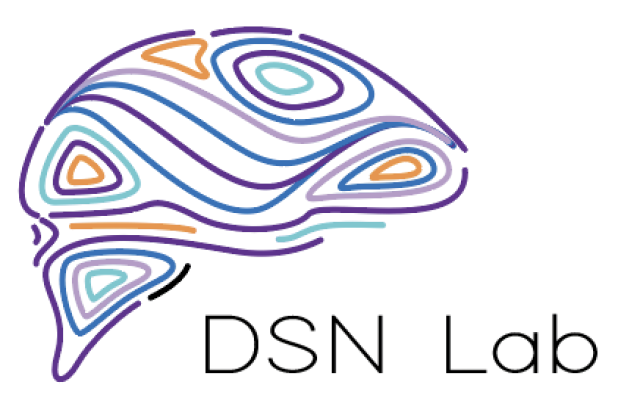Yellow Light Game
The Yellow Light Game is a computerized task used to assess decision making in the presence of certain and uncertain outcomes. The game was adapted from the Stoplight Game (Gardner & Steinberg, 2005; Chein et al., 2011), and improves upon it by allowing flexible configuration of many aspects of each intersection. For example, it is easy to change the total number of possible crash events, as well as the speed of the car and timing of light-changes.
Requesting Access
To request access to the github repository for the YLG, please complete the following form. If you have an existing github account you can enter your user name in the form; if you don’t already have an account we will invite you to create one using the email address supplied. Within one week, you should receive an email from github with your invitation to the repository.
More information:
Essentially, we built a new task from the ground up that is similar to the Stoplight Task, but more appropriate for both fMRI and detailed behavioral studies. It’s still a driving simulation – however:
Participants have to decide at each yellow light to stop or go. (If they don’t decide, they get a big penalty, so they learn to decide VERY fast. You won’t have to make assumptions if they don’t make a decision).
You have precise control over parameters of each intersection. For example, we’ve used ‘early,’ ‘middle,’ and ‘late’ trials (with reference to when the light turns yellow relative to an intersection). Each has different probabilities of a car coming on the side street (and hence crashing). This allows you to look at performance and learning across different kinds of trials (for us, a ‘middle’ trial means you have a 50/50 chance of crashing, whereas an ‘early’ trial has a 75/25 chance of crashing and a ‘late’ trial has a 25/75 chance – you should go most of the time on a late yellow, about half of the middle yellows, and rarely if ever on an early yellow). But you can choose to program however you would like. This also allows you to acquire many more trials in a shorter period of time.
The ‘penalties’ (time cost for crashing, stopping, etc.) can all be modified as well. In our current protocol for example, over any run, the expected cost of stopping at every light versus the expected cost of crashing times the probability of crashing are equated – meaning that risk-taking is neutral with respect to total game performance. You could choose, however, to make it adaptive or maladaptive, or have different runs with different parameters.
You get reliable and accurate timing for each event as well as total performance on the game. Events include decisions, but also outcomes. Now all trials have a clear auditory and visual indicator of the outcome.
